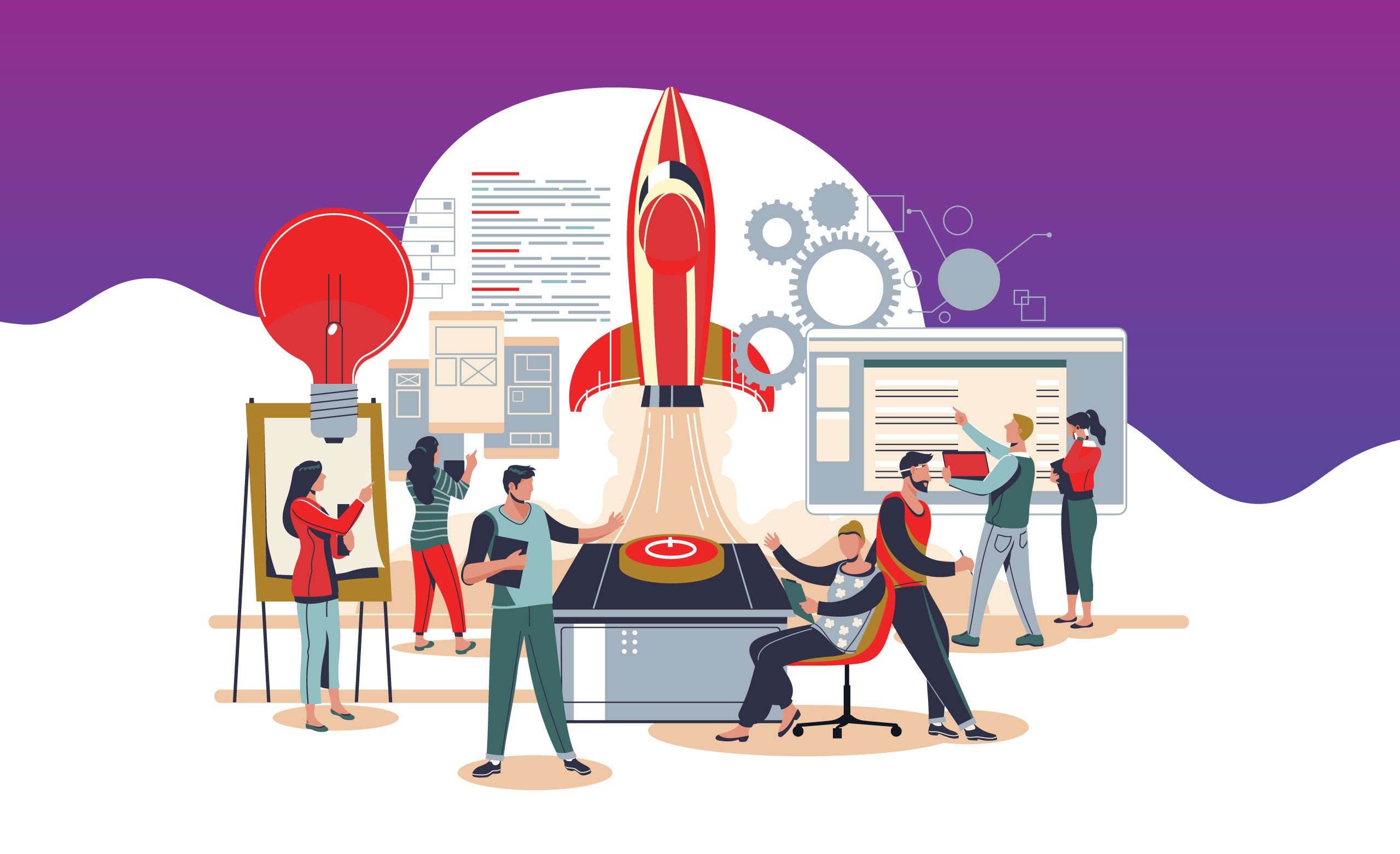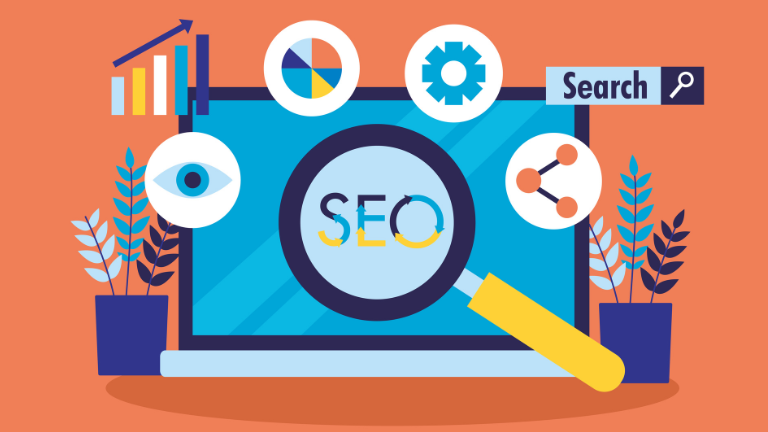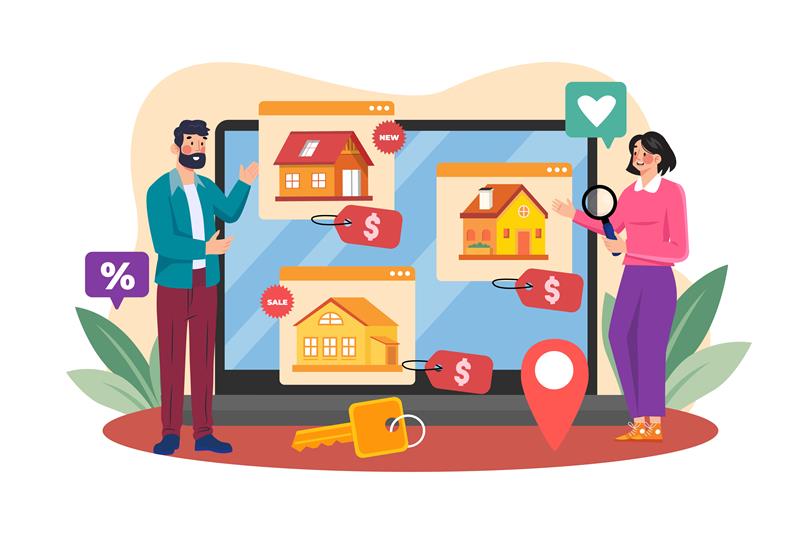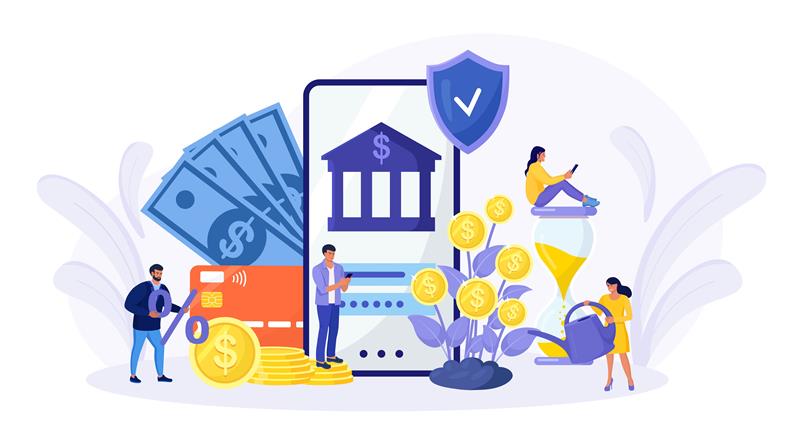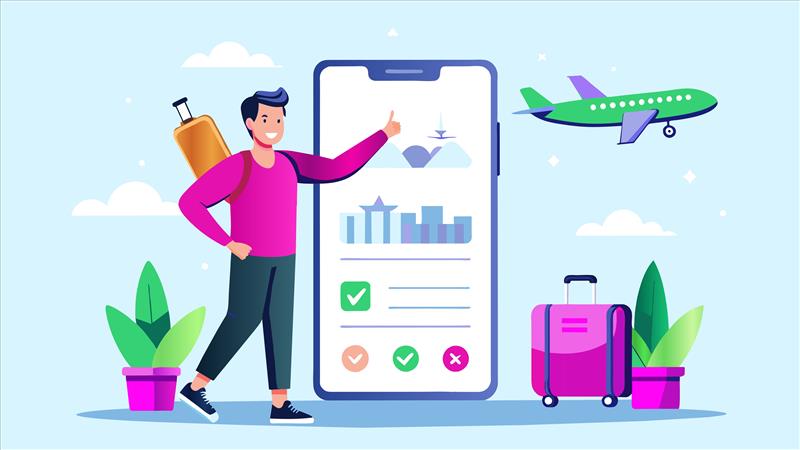In today’s world, branding is more important than ever. With so many companies competing for attention, having a recognizable and impactful brand is critical for success. One of the most fundamental elements of a brand is its logo.
A logo is the face of a company and can convey its personality, values, and identity. Unsurprisingly, logos are constantly evolving and changing to reflect the times. In this blog, we’ll look at cutting-edge logo trends and influences shaping the future of branding.
Let’s talk LOGOS
In recent years, logo design has evolved rapidly, driven by technological advances, changes in consumer behavior, and shifting cultural trends. As a result, businesses must stay up-to-date with the latest logo design trends and influences to create logos that resonate with their target audience.
-
Minimalism
Minimalism has been a popular design trend for some time now, and it is no surprise that it is also impacting logo design. Logos’ minimalism means stripping away unnecessary elements and focusing on clean lines, simple shapes, and negative space. Companies often use this approach to convey a sense of modernity, sophistication, and simplicity. Examples of minimalistic logos include Apple, Google, and Nike.
-
Geometric Shapes
Geometric shapes have been a popular design trend for a while and continue to be popular in logo design. Geometric shapes often create a sense of symmetry, balance, and harmony in a design. They are also useful for creating abstract designs that can be easily recognizable. Some examples of logos that use geometric shapes include AT&T, Mitsubishi, and Audi.
-
Gradients
Gradients are a popular design trend that has come back in recent years. Gradients create a sense of depth and dimension in a design. They can create a sense of movement or an illusion of depth. Gradients are often used in logo design to create a sense of energy, excitement, and vibrancy. Examples of logos that use gradients include Instagram, Firefox, and T-Mobile.
-
Hand-drawn Logos
Hand-drawn logos are becoming more popular as companies look for ways to differentiate themselves. Hand-drawn logos can create a sense of uniqueness, authenticity, and personality. They can also be used to create a sense of nostalgia or to evoke a particular emotion. Examples of logos that use hand-drawn elements include Airbnb, Mailchimp, and Dropbox.
-
Custom Typography
Custom typography is becoming more popular as companies look for ways to create unique and memorable logos. Custom typography allows companies to create a truly unique and memorable logo. It can also be used to create a sense of personality and identity. Examples of custom typography logos include Coca-Cola, Netflix, and Disney.
-
Negative Space
Negative space is a design technique that uses the space around an object to create another object or shape. It can create a sense of depth, contrast, and harmony. Negative space is often used in logo design to create a sense of cleverness, innovation, and creativity. Examples of negative space logos include FedEx, WWF, and Carrefour.
-
Responsive Logos
Responsive logos are becoming more popular as companies adapt to the changing landscape of digital media. Responsive logos are designed to be flexible and adaptable across various platforms and devices. They can be scaled up or down without losing impact and are easily adapted to fit different screen sizes and resolutions. Examples of responsive design logos include Google, BBC, and Airbnb.
-
Animated Logos
Animated logos are becoming more popular as companies look for ways to create a sense of movement and interactivity in their designs. Animated logos can create a sense of playfulness, excitement, and creativity. They can also be used to create a sense of personality and identity. Examples of logos that use animation include Google, Intel, and Uber.
-
Hand-Drawn Logos
Hand-drawn logos add a personal touch to a brand’s visual identity. They convey a sense of uniqueness, creativity, and authenticity. Hand-drawn logos can represent a wide range of brands, from those with a rustic and vintage look to the ones with a modern and edgy feel. Hand-drawn logos are also highly customizable, allowing brands to add unique design elements.
-
3D Logos
Advancements in technology have made it possible to create 3D logos that are visually striking and memorable. 3D logos add depth and dimension to a design, making it more realistic and engaging. They can also be used to create animated logos that are perfect for video content and social media. As a result, 3D logos are often used by brands in the entertainment, sports, and technology industries.
Read Also : How to Recover from a Reputation Crisis and Rebuild your Businesses
Influences on Logo Design
Social, cultural, and technological factors often influence logo design trends. Here are a few influences that are shaping the future of logo design.
-
Authenticity:
There has been a growing demand for authentic and honest branding in recent years. Logos that genuinely communicate a brand’s values and purpose are becoming increasingly popular. This trend emphasizes the importance of brand storytelling and creating a meaningful connection with customers.
-
Bold typography:
Typography is a crucial element in logo design, and bold, expressive typefaces are becoming more prevalent. Brands use typography to create unique and memorable logos that stand out in a crowded marketplace.
-
Flexibility:
As brands expand their reach across different platforms and mediums, logo design needs to be more flexible than ever before. Logos must be adaptable to different screen sizes, print materials, and applications. This trend has led to dynamic logos that can be easily modified and customized for different contexts.
-
Sustainability:
With increasing environmental concerns, many brands incorporate sustainable practices into their branding, including logo design. Logos communicating a brand’s commitment to sustainability and social responsibility are becoming more popular. This trend emphasizes on creating designs that reflect a brand’s values and beliefs.
-
Digitalization:
As more businesses move online, logos must be optimized for digital platforms. This trend has led to the rise of animated and interactive logos that engage and entertain users. Brands also use augmented and virtual reality to create immersive logo experiences.
In conclusion, logo design is an ever-evolving field that is influenced by a variety of factors. Keeping up with the latest trends and technologies can help designers create effective, memorable, and adaptable logos.
The creation of a logo is essential to branding. Businesses may increase client trust, communicate their values and personalities, and stand out in a crowded market with the aid of a well-designed logo. Businesses may design logos that are visually appealing, memorable, and successful in fostering brand recognition and loyalty by staying current with the most recent influences and trends in logo design.
At Gyaata Solutions, we ensure that we are executing your value in the logo because your logo is what makes the first impression with your audience. Our creative team uses their creative expertise and design unique logos that align with your idea.
They say it takes a village to make something happen, we say we are your most trusted village!
Want to know more about us? Check out our work on our branding page and contact us for all your creative needs.

